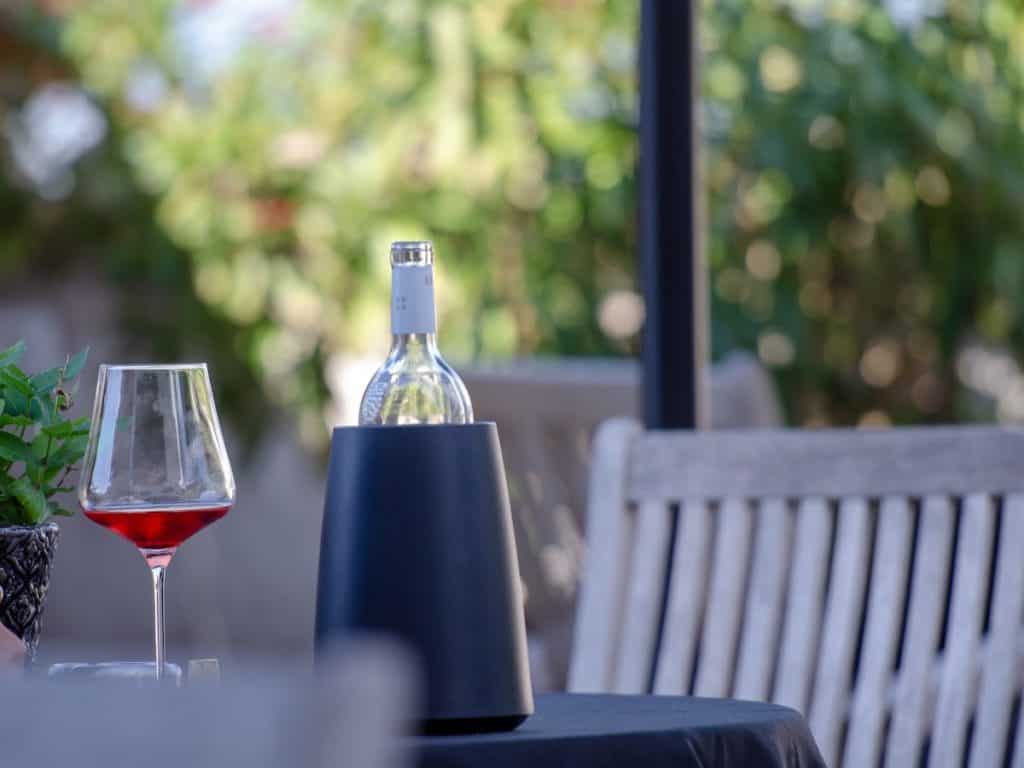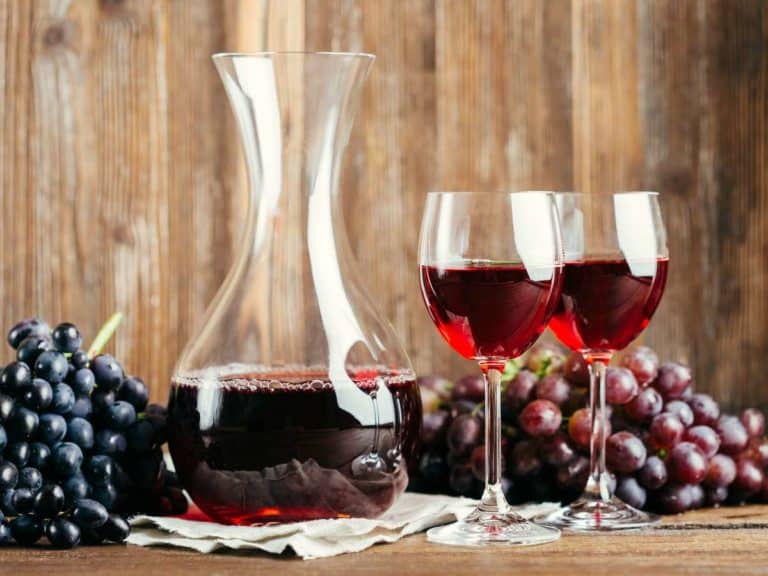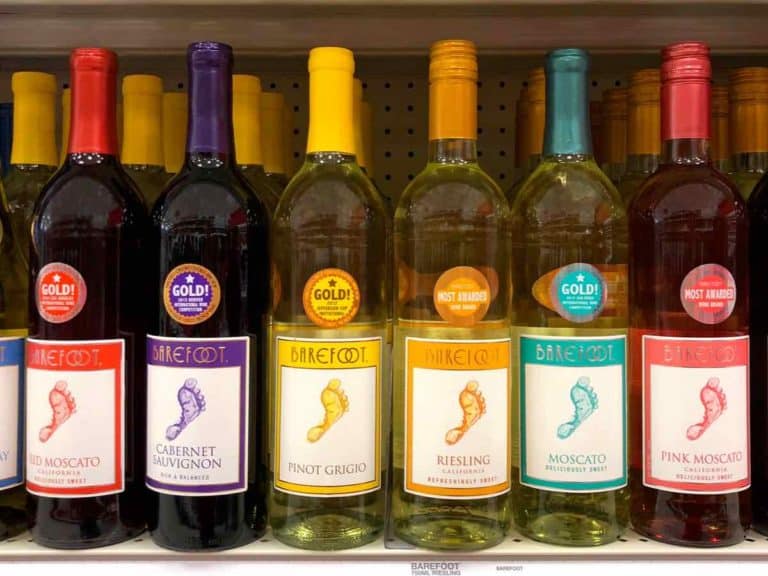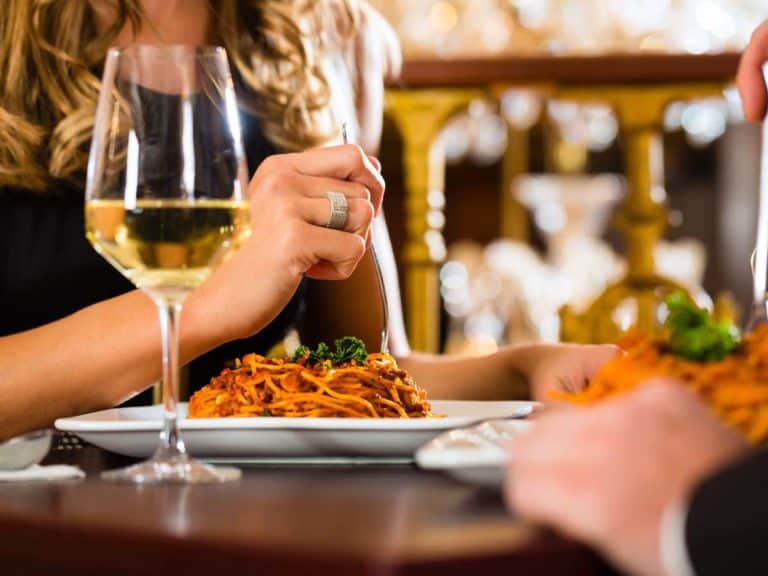Here’s the Healthiest Rose Wine You Should Buy
There is nothing like kicking back after a long hard day and sipping on a glass of refreshing rosé wine with your dinner or dessert. Perhaps light some candles or get a fire going in the outdoor pit to watch the sunset.
What would make that already incredible picture even more ideal is not having to feel guilty about having more than one glass. Might not seem possible when it comes to alcohol, but there are healthy options in any wine, including your beloved rosé.
According to multiple outlets, Cense rosé wine as an excellent low-calorie option for guilt-free indulgence. Boasting 85 calories per 5 ounce serving size, you can enjoy a couple of glasses in a single evening.
Low-calorie is only one factor in considering a wine to be healthy. Other factors are dependent on other nutritional facts like sugar, carbohydrates, and so on. It is important that a healthy wine checks all the boxes, especially if you will be indulging in more than one glass on a regular basis.

What Makes a Healthy Rosé Wine?
In a perfect world, you wouldn’t feel the need to count calories or hop on a scale every morning. In this world you could have as many glasses of rosé wine as your alcohol tolerance would allow.
Dry rosé wines tend to have less sugar or leave less sugar residue than their counterpart. When selecting a wine, look at the nutritional facts on the label.
- Grams of Sugar
- Carbohydrates
- Calories
Alas, in the real world, the key to keeping any enjoyment healthy is moderation. Determining whether these wines are healthy is very dependent on their sugar content among other things.
Lower Sugar Content
Sugar is a factor in food items, especially anything that include fruit, which tend to have differing amounts of natural sugars.
However, the issue that you have to look out for is when food manufacturer’s add sugars to their products in order to make it sweeter and more appealing to the masses.
There is still a debate on whether sugar is merely empty calories or if too much added sugar could lead to other health risks and diseases.
Rosé wine in general tends to have a higher sugar content than dry wines because rosés are typically on the sweet side of wine.
While you might have a dry wine that has between 0-10 grams of sugar per glass, a rosé can have 35 to 120 grams. Cense rosé wine, however, assures that there is no added sugar in their wine with only 1g/L of residual sugar.
| Bone Dry (0-1 g/L RS) | Dry (0-17 g/L RS) | Off-Dry (17-35 g/L RS) | Medium-Sweet (35-120 g/L RS) | Sweet (120+ g/L RS) |
|---|---|---|---|---|
| Some Dry Reds | Dry Red | Off-Dry Riesling | Moscato | Late Harvest |
| Some Dry Whites | White | Gewürztraminer | Sweet Riesling | Ice Wine |
| Some Dry Rosé | Brut | Sweet Reds | Madeira | Tawny Port |
| ”Brut Nature” Sparkling Wine | ”Extra-Dry” Sparkling Wine | ”Dry” Sparkling Wine | Sweet Reds | Cream Sherry |
Zero Carbohydrates
Carbs have been a common player in fad diets. The less carbs you have the healthier is the argument of some. Carbs appear differently in different kinds of food or drinks.
When it comes to wine the carbs come from the unfermented sugar. The reason being that during the fermentation process the yeast eats the carbohydrates. Therefore, the residual sugars do not tend to be significant, especially in dryer wines.
Typically, wines have 0-4 grams of net carbs. This information is based on a few factors, particularly whether the wine is sweet or dry.
Even though Cense rosé falls on the dry side which would usually mean that it had 0 carbs, it does have 5 grams of carbs. Though that number may be on the high end, in terms of alcohol in general, it is on the low end, with some alcohol having up to 25 grams of carbs.
Minimum Calories
Calories are just units of energy and while calories in and of themselves are not bad, consuming more calories than you burn can be. This is why calorie counting is a practice, to ensure the daily recommended calories are not exceeded, depending on a person’s activity throughout the day.
You already know how many calories Cense rosé wine has but what you don’t know is how this compares to other wines. The average glass of wine is about 123 calories per glass. While this may not seem a lot, it can add up with a standard bottle of 750ml is 600-625 calories.
To put that into perspective, we are supposed to intake anywhere between 2000-2500 calories in a whole day. Two glasses of Cense rosé wine is barely over the calorie count of a regular glass of wine.
Is Rosé Wine Healthier than Red or White Wine?
Now that you know which rosé wine is deemed healthiest generally, dry rosé and more specifically, Cense rosé wine, you might be wondering how it stacks up to other types of wine. Between rosé and white wine the healthier choice would be rosé because of the health benefits that rosé has versus white wine, namely antioxidants.
Since rosé is comparable to red wine in the way that it is made, they have similar health benefits like increased cardiovascular health and antioxidants.
However, because rosé is a lighter wine, containing less alcohol than red wine, it has less calories, making it the healthier wine choice for this reason alone.
Related Article: Is Rosé Wine for Ladies Only?
Conclusion
Being equipped with the knowledge of which rosé is healthiest and why will allow you to make better choices when selecting a bottle of wine for any occasion.
There are other dry rosés on the market that compete with Cense rosé wine in health but Cense meets all the markers and is gluten free for those that struggle with Celiac disease.
All that’s left to do is run to the local market or buy a bottle online and have it shipped to your home. Then you can relax and unwind, guilt-free, with the ideal healthy rosé wine that gives you peace of mind. Something you would happily recommend to your friends.
Sources
- https://media.winefolly.com/Residual-Sugar-in-wine-folly.png
- https://winefolly.com/lifestyle/carbs-in-wine/
- https://www.medicalnewstoday.com/articles/245588
- https://www.hisurely.com/a/blog/calories-wine
- https://www.livestrong.com/article/473995-what-are-the-benefits-of-rose-wine/
- https://www.censewines.com/premium-wine/#rosewine

![Can You Microwave Vodka [Read Before Trying Yourself]](https://foodwine.com/wp-content/uploads/2021/11/vodka-microwave-1118-768x576.jpg)



